It’s a reasonably new genre, but tower defence games have experienced a surge of popularity, thanks in no small part to the iPhone, XBLA Indie Games, PSN Minis and DSiWare/ WiiWare.
Within that level selection needs to be a wide range of different designs and quirks. At no stage should two tower defence levels feel the same to players – that’s just wasted real estate and won’t encourage people to keep playing.
Look at Plants Vs Zombies – such a simple concept, and the game does very little that you can’t find in other tower defence games, but with such a fresh presentation and unique concept, it was always going to be a hit for PopCap.


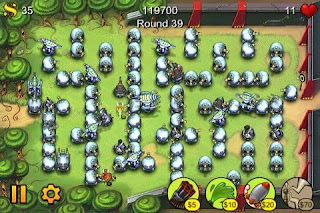
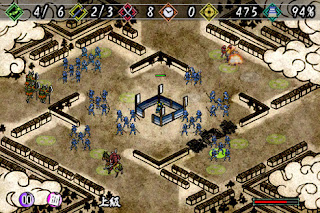



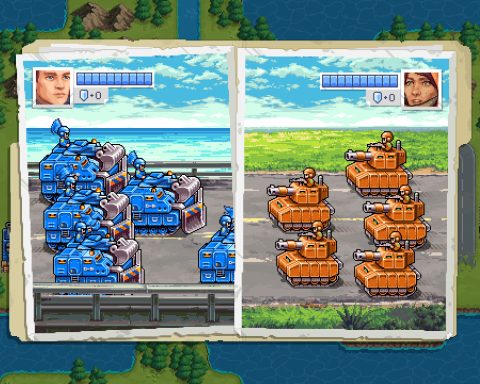
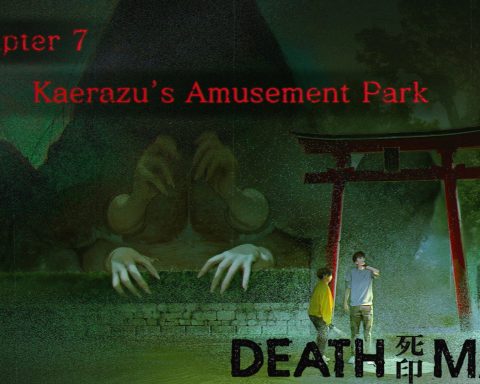


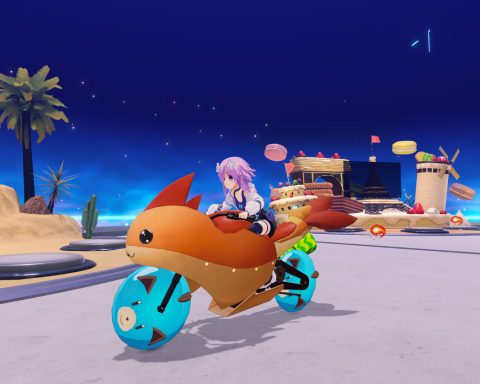
My favourite Tower Defence game is FF:CC:My Life as a Darklord.
The fact that you have to consider what enemies you're facing, how many levels to build, what type of level, what monsters to spawn, whether to use spells and a lot more adds a lot of strategy. It also helps that the game is gorgeous and features FF monsters! Plus Kain and Palom have cameos!
I'd love a 3DS version(If I didn't have to rebuy the DLC).
My favourite Tower Defence game is FF:CC:My Life as a Darklord.
The fact that you have to consider what enemies you're facing, how many levels to build, what type of level, what monsters to spawn, whether to use spells and a lot more adds a lot of strategy. It also helps that the game is gorgeous and features FF monsters! Plus Kain and Palom have cameos!
I'd love a 3DS version(If I didn't have to rebuy the DLC).
Yeah, my life as dark lord was well worth playing, and I too would like to see a 3DS sequel.
That said, I must admit it's Crystal Chronicles that has eaten the most time for me, out of TD games Ive played. There's something charming about that game, and it is so challenging that making progress is a real achievement,
IPad version is the best of the ones ive played, although the Wiiware version is good, if only because it's a completely different set of maps, and actually offers something of a story!
Yeah, my life as dark lord was well worth playing, and I too would like to see a 3DS sequel.
That said, I must admit it's Crystal Chronicles that has eaten the most time for me, out of TD games Ive played. There's something charming about that game, and it is so challenging that making progress is a real achievement,
IPad version is the best of the ones ive played, although the Wiiware version is good, if only because it's a completely different set of maps, and actually offers something of a story!
You mean Crystal Defenders.;)
I think if they make a new Tactics Advance game for 3DS they should put in in a Crystal Defenders mode as well! Especially if they make brand new assets.
This reminds I downloaded Glory Days from DSiware and haven't played it yet(not played Advance Wars: DS either yet!)
You mean Crystal Defenders.;)
I think if they make a new Tactics Advance game for 3DS they should put in in a Crystal Defenders mode as well! Especially if they make brand new assets.
This reminds I downloaded Glory Days from DSiware and haven't played it yet(not played Advance Wars: DS either yet!)
Haha, yes, crystal defenders… Qwas very late when I made that comment 😛
Haha, yes, crystal defenders… Qwas very late when I made that comment 😛